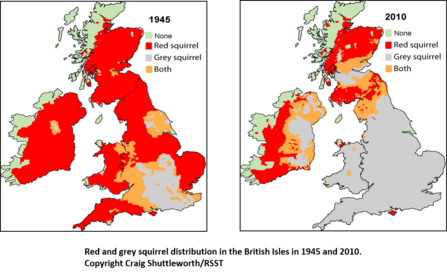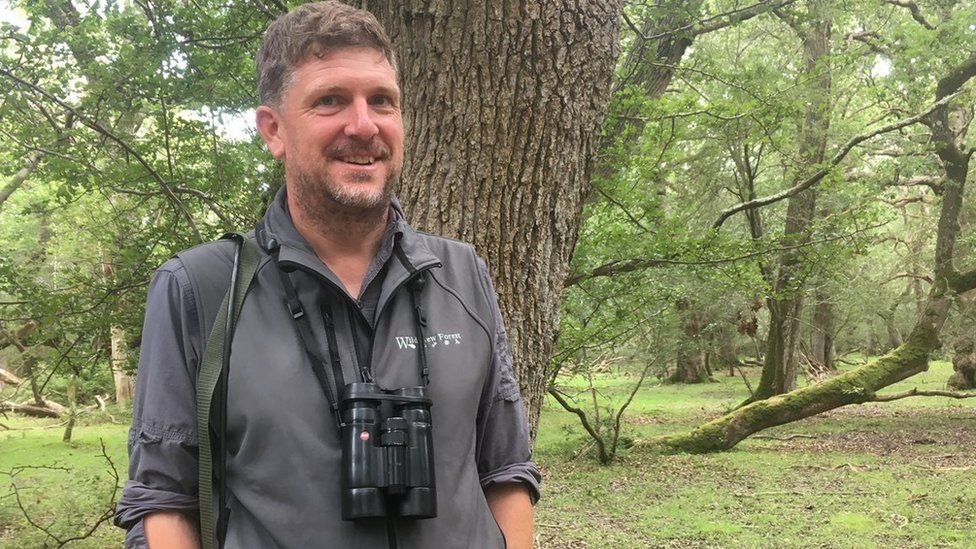I have been told that at times I "appear" to be a little "intense" when it comes to wildlife conservation and that I also appear more interested in animal welfare. Yes. Can someone point out where the problem is?
If there is one thing I have learnt it is that people with a love of foxes are either the "get hands dirty" types who run rescues and try to help foxes (let's call them Type 1's) or the "I learnt everything from You Tube" and these can often cause more grief with bad feeding of foxes and habituation and if they set up a kitchen sink 'rescue' foxes are more at risk of harm than getting real help (these we'll call Type 2's).
The same applies to people who love badgers. There are the type 1's who are hindered by certain stupid regulations. For one; if a sow badger is dead next to a sett and there are starving pups in the sett they must be left there. You know the mother is dead and that means a slow death for the cubs but you must not under punishment of huge fines or prison sentence get the cubs out of the sett to save them. However much they squeal you have to wait for two things: the cubs to die or for them to leave the sett. Yes, once they leave the sett you can help them. Now here is where we have to remember that 300,000+ badgers, an alleged protected species, can be legally killed based on bad science and political corruption to a point where the population is on a speedy descent to extinction but you try to save cubs whose mother has been killed (usually by a car) and you are a criminal.
I was asked what I would do in that situation? I would break the law.
We can help fox cubs that are dying at an alarming rate while their parents are killed by 'sports shooters', farmers, killed by cars etc, etc., etc.. Even the British Trust for Ornithology after its mammal survey suggested now was the time to red list foxes (just as we did hedgehogs) because the population is on a very steep decline and like the badgers, that we must not, help are heading for extinction by the 2030s.
Humans are the greatest threat to the environment and wildlife and even with warning after warning about current species from mammals to birds heading for "The Big E" no one is listening. Back in the late 1700s and into the early 1800s 'sportsmen' and 'sportsmen-naturalists' were all reporting on the decline of the native British fox types and even stating that extinction seemed inevitable so what did they do? They carried on killing the foxes for the 'fun' of their 'sport' until...Old foxes gone. Not to worry as they did what they had done since at least the early 1700s and that was to import more so that the 'sport' might continue.
People are still badger baiting as well as shooting them on the quiet (often through the local "badger man") but snares and poison are still a staple of "getting rid of them" for no reason other than not liking wild animals on "my land". This is often organised and a crime but on the whole the police shrug and say "no proof" so perhaps they ought to do some policing?
Foxes are shot with no controls in place and although a land owner is supposedly only allowed to "deal with" a fox that threatens live stock foxes have proven to be no threat to sheep or lambs and even the 'great sportsmen' of the past who went out and studied this rejected the claim and their large reward for anyone bringing in evidence to prove this was not claimed by the early 1900s.
A fox walking along near a village or housing estate hunting rats or rabbits is not a threat under any description. In fact it is controlling the rodent population and reducing the need for all poisoning rodenticides. Even when it is cub season these people will kill a fox whether vixen lactating or not. It's their 'fun' and so what if foxes become extinct they can move on to other wildlife or even 'fun' shooting the odd wandering pet cat (which happens more frequently than you might want to think).
A wildlife looks very green and pleasant and so developers obviously want to build on that and local authorities (such as in Bristol) will twist and turn to try top push through developments and a blind eye is often turned towards fox dens and badger setts ("Oh, we had no ideas they were there"), In cities and towns the green spaces are vitally important not just for wildlife but also people -"little oases away from the concrete".
I was once offered an office at a college in the UK for my ongoing work on exotic species in the UK that attracted a lot of press and media attention. Then it was discovered that I was not a university graduate so "perhaps not a good idea" 😂
With foxes and diseases a great deal is being found out through the Bristol Fox Deaths Project and when any research on UK wildlife is published by researchers then the chances of getting a copy of the paper is never available to people who are not part of the "club" -I have a big folder full of papers on fox health, possible diseases, etc., and they are all from EU or American research which is distributed free online as part of "free to educate" policies which the UK sadly does not bother with. Anything our project discovers will be publicly as well as professionally available.
The Type 1 fox people need to be as informed as they can be because wildlife groups in general are not keen on foxes or badgers unless it is a photo opp or way to promote themselves. Large mammals such as foxes and badgers and even deer are seen as the "nasty types" that get in the way of the "pretty" butterflies, moths, birds and wild flowers. Type 1's in both fox and badger work often get threats, abuse and a whole lot more just because they are helping species no one cares about -300,000 badgers killed and heading for extinction and the "nation of animal lovers" is not up in arms (but a "lonely looking sheep" gets thousands of demands for it to be rescued?).
The UK is The Blood Red Island for a very obvious reason. Our wildlife protection laws and prosecutions against those breaking the 'laws' are a mess. When it comes to a land owner whether some rich business man or royal there should be no protection from prosecution over wildlife crimes.
We need a genuine wildlife crimes force that does not consist of local men who give a nod and wink to locals involved in crimes. A wildlife crimes force that is given full authorisation to enter private land when a wildlife crime is reported and suspected and whoever is involved should be prosecuted under new laws. Will this ever happen? Doubtful since most politicians tend to look at what is good for themselves rather than the environment and wildlife.
We are watching species vanishing and quite literally shrugging it off or just ignoring it as someone else's problem.














.jpg)













